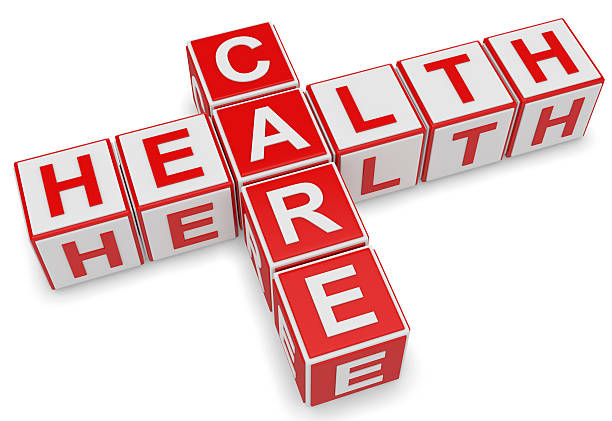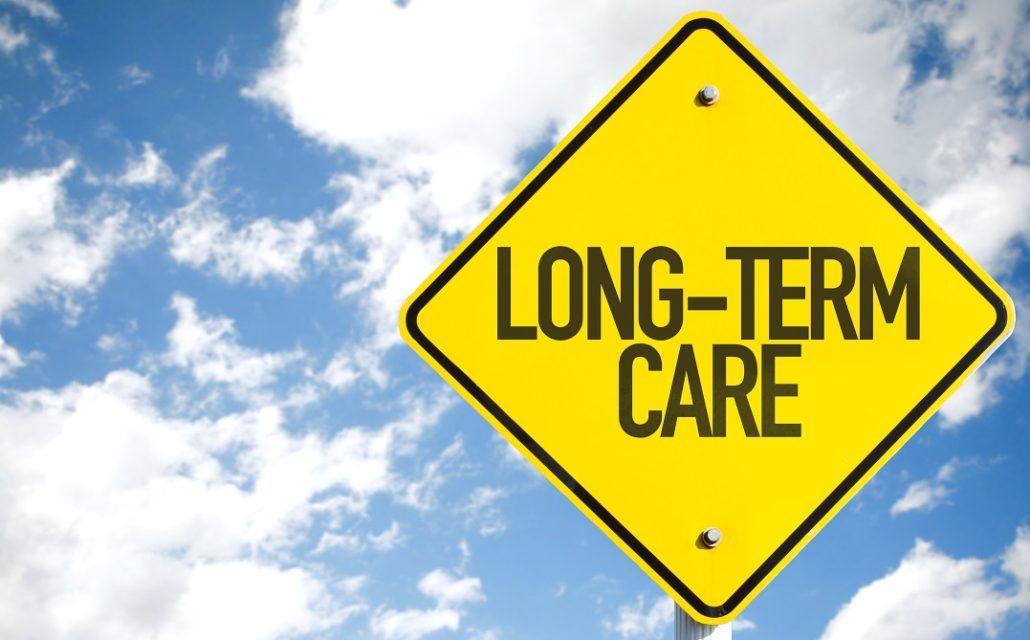Download the full Policy Brief
Key Findings
- The United States has a complex health care delivery system composed of private and government funded insurance plans.
- Other countries have a much more uniform health care delivery system that began with planned, top-down government control.
- The United States spends far more on health care than other industrialized countries.
- Looking to other countries to solve our health care delivery system problems may not be reasonable. Other countries are smaller than the U.S. and have more homogenous populations.
- The demand for health care far outstrips the money budgeted for it in all other countries and rationing of medical care by the government is common. Some patients are denied care to save money.
- Just as in the U.S., every other country faces the demographic problem of an aging population and a decreasing work-force to pay taxes for their seniors’ health care.
- While the U.S. does spend more on health care than other industrialized countries, the U.S. also leads the world in financing medical innovations.
- While universal health insurance coverage is the goal of other countries, the critical point is utilizing the best mechanism to allow the greatest number of Americans access to health care.
- Just like in all other economic activities, the private free-market offers the best solution to provide the greatest access to health care and to control costs.
Introduction
The United States has a complex health care delivery system composed of private and government funded insurance plans. Half of all Americans receive their health insurance from their employer or their spouse’s employer. Over forty percent of Americans receive their health insurance from the government, through Medicare, Medicaid, the Veterans Administration, the Affordable Care Act exchanges, and the Native Health Service. The remainder of Americans are either uninsured or obtain health insurance through the private individual market.
The United States spends far more money per-person on health care than other industrialized countries. Last year, overall medical spending in the U.S. totaled $3.5 trillion or 18 percent of the national gross domestic product. Switzerland was the second highest spender at 11 percent of GDP.

Supporters of the Affordable Care Act, also known as Obamacare, promised universal health insurance coverage, while claiming to bring down overall spending on medical care in the U.S. After nine years of experience with the law, the reality is quite different. Only 40 percent of those who were uninsured when the law passed in 2010 now have health insurance. Costs continue to increase and all Americans, except those in the Medicaid entitlement, pay more for health care now than when the Affordable Care Act passed.
The U.S. is now at a health care crossroads. Progressives on the left are strongly arguing for greater public-sector control, through a single-payer, government-run system or through incremental moves toward such a system. A Medicare or Medicaid buy-in, dropping the age of Medicare eligibility, and a public option are gaining traction in the national debate. The private alternative revolves around more consumerism, with measures that give patients more direct control over their health care dollars and medical decisions.
Other countries’ health care systems are frequently cited as providing the solution for the U.S. It is not clear, however, whether systems in other countries offer a workable health care model for Americans. This Policy Brief examines the health care delivery systems in the other leading industrialized countries and looks at the possible applicability of these systems in the U.S.
Download the full Policy Brief






